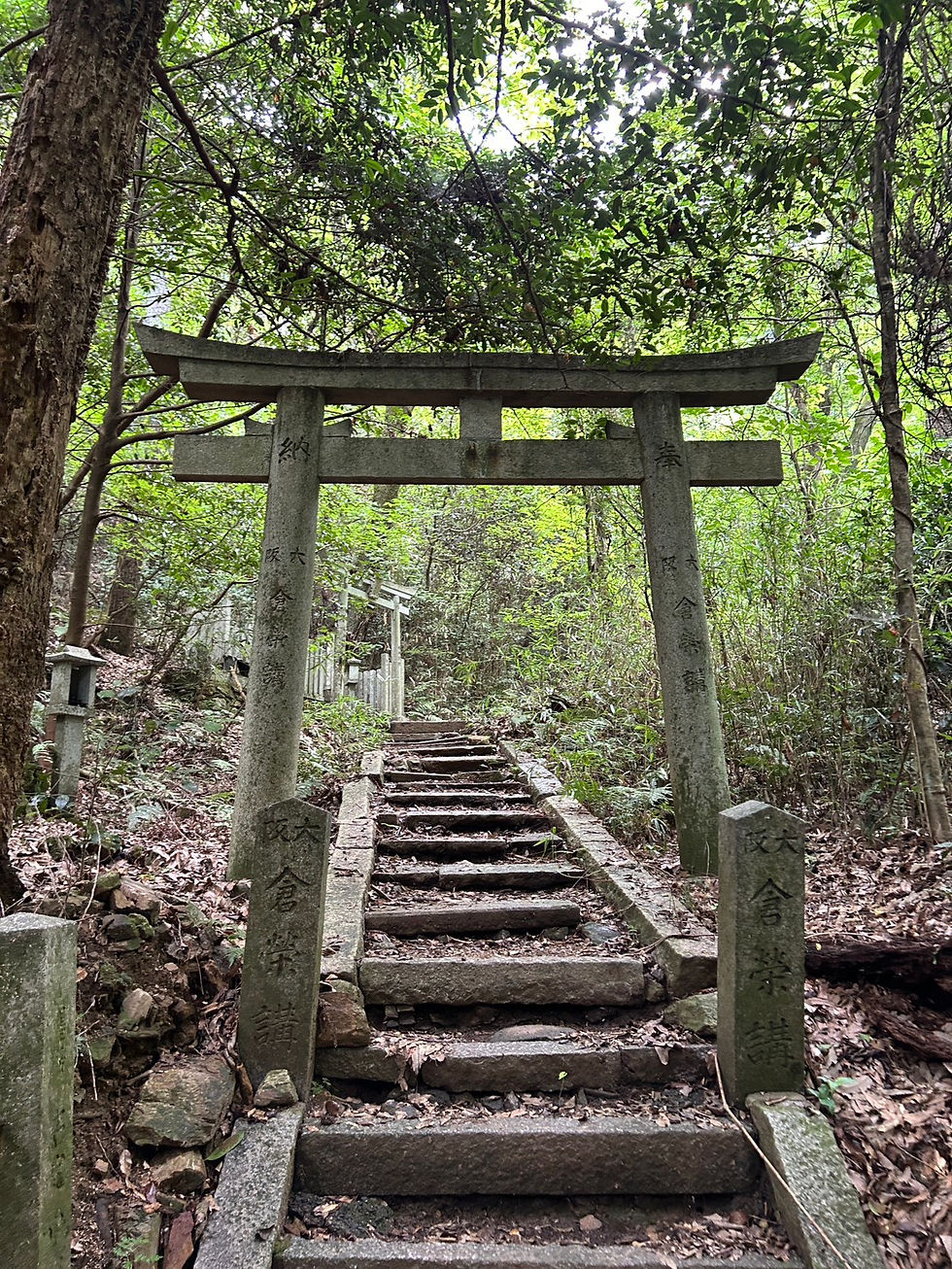The 48 Choshu of Toba Fushimi.
- Phillip Jackson

- Apr 1, 2021
- 2 min read
Not far from the famous Tofuku-ji, the 13th century Buddhist temple, atop a small hill is a hidden away cemetery. Along with the tombs of Emperor Chukyo (1218-1234), and Fujiwara no Kiyoko (1122-1182), consort to Emperor Sutoku, are the 48 graves of samurai of the Choshu clan killed in the Battle of Toba Fushimi in January 1868 at the time of the Meiji Restoration.
The Battle of Toba Fushimi began on January 27th 1868, and lasted four days. The last Shogun, Tokugawa Yoshinobu, had handed back power to the Imperial Court in November 1867 under the impression that he would be leading the new ‘Imperial‘ government. Unsurprisingly, both Satsuma and Choshu clans were opposed to Yoshinobu leading the new government, and so moved their troops into Kyoto.
At a meeting at the Imperial Court, in which no supporters of the ex-Shogun were present, Tokugawa Yoshinobu was stripped of all titles and land. In response, the retired Shogun sent a large body of troops with a message to the emperor in Kyoto to protest the actions of the Satsuma and Choshu domains. This body of men was met at the Koeda Bridge crossing the Kamogawa (River) in Toba (an area that is today called Nakajima, part of Minami-Ku) and were refused entry into Kyoto, which in turn sparked the conflict.
Battles were fought between this first location and further east in Fushimi, where fighting involved the notorious and ruthless Shinsengumi. Scars of the battle in the Fushimi area close to Gokonomiya Shrine are still visible today in the form of bullet marks in wooden building fronts. Ultimately, the Shogun’s forces were defeated and the new Imperial army under the Emperor’s banner was victorious. The Tokugawa Era was over.
Pictured below, the 48 Choshu Samurai graves from the Battle of Toba Fushimi, and behind the graves the Tomb of Emperor Chukyo.





Comments